Inside the House of Bovet 1822, An Integrated Manufacture of High Horology
1822-2022 - A name of importance, and an impressive manufacture respectful of its traditions.
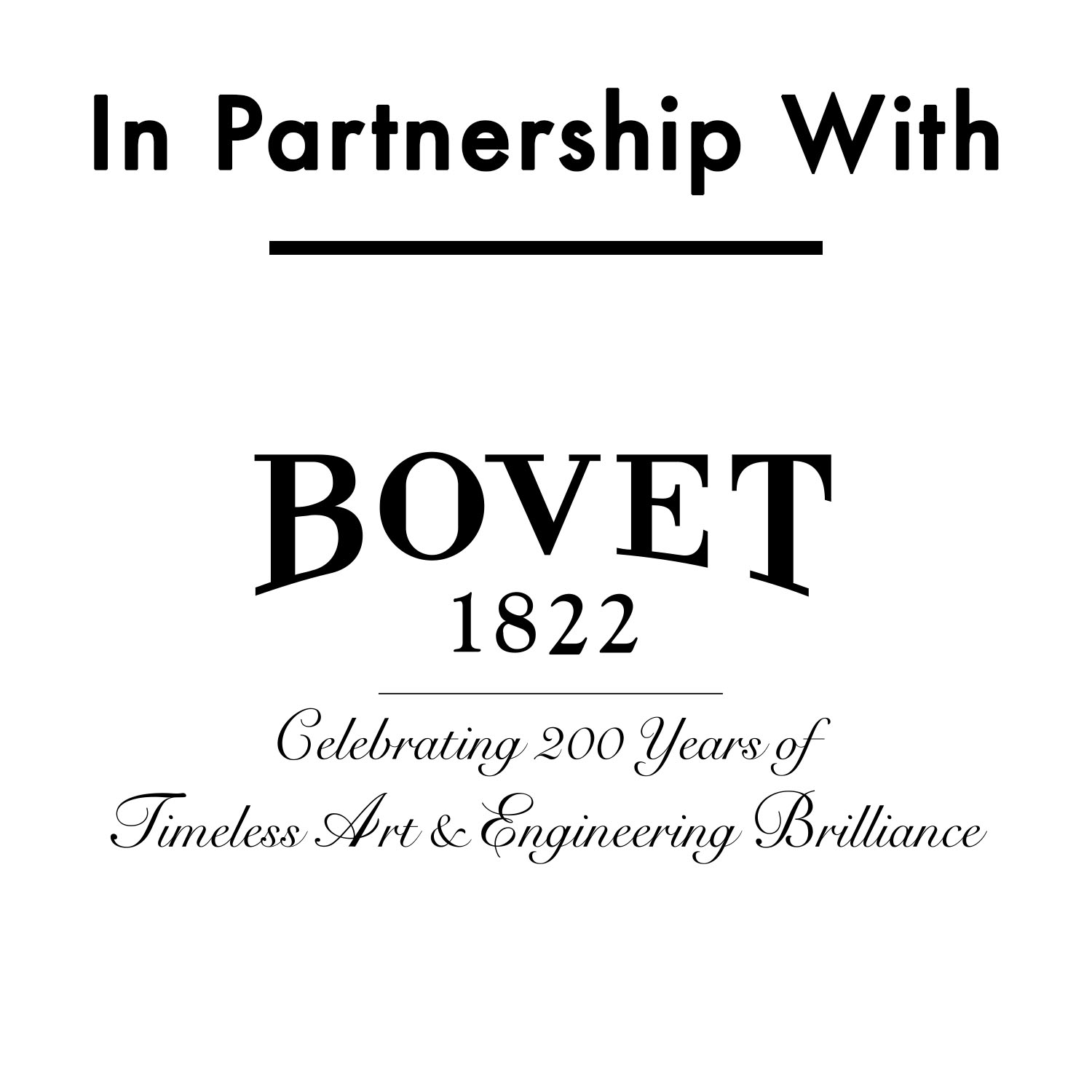 If you want a good understanding of a watch brand, visiting its manufacture is often an eye-opening experience. There you’ll find out how the brand manufactures its watches, what’s made in-house, what’s the quality, how they handle finishing and decoration and what’s the scale of the production. In this respect, a visit to the Bovet 1822 manufacture is a highly interesting journey, because the production activities of this brand reveal a pretty rare level of vertical integration, especially for a company of this size. Bovet 1822 was founded 200 years ago by the Bovet brothers, who ran a company that mostly found success in China, where the youngest brother Edouard lived. Today, 200 years later, Bovet 1822 manufactures its timepieces in 2 locations in the Swiss Jura, exactly where the Bovet brothers were born and raised 2 centuries ago. Here, the brand produces and develops its watches entirely, including hairsprings, a rarity in this industry. This is the result of the vision of one man, Pascal Raffy, who bought the Bovet brand 20 years ago and has since then invested consistently in the production and crafts that are key to these watches. The concept is that of a company with a holistic approach to watchmaking. Today, with a new in-depth movie, we bring you inside the house of Bovet 1822, looking at all the steps of the production of these incredibly complex and decorated watches, and we’ll talk to Mr Raffy, owner of Bovet 1822.
If you want a good understanding of a watch brand, visiting its manufacture is often an eye-opening experience. There you’ll find out how the brand manufactures its watches, what’s made in-house, what’s the quality, how they handle finishing and decoration and what’s the scale of the production. In this respect, a visit to the Bovet 1822 manufacture is a highly interesting journey, because the production activities of this brand reveal a pretty rare level of vertical integration, especially for a company of this size. Bovet 1822 was founded 200 years ago by the Bovet brothers, who ran a company that mostly found success in China, where the youngest brother Edouard lived. Today, 200 years later, Bovet 1822 manufactures its timepieces in 2 locations in the Swiss Jura, exactly where the Bovet brothers were born and raised 2 centuries ago. Here, the brand produces and develops its watches entirely, including hairsprings, a rarity in this industry. This is the result of the vision of one man, Pascal Raffy, who bought the Bovet brand 20 years ago and has since then invested consistently in the production and crafts that are key to these watches. The concept is that of a company with a holistic approach to watchmaking. Today, with a new in-depth movie, we bring you inside the house of Bovet 1822, looking at all the steps of the production of these incredibly complex and decorated watches, and we’ll talk to Mr Raffy, owner of Bovet 1822.
The watchmaker Edouard Bovet left his home village of Fleurier with his brothers Alphonse and Frédéric in 1814, heading for London, which was at the time a major trading centre for European watchmaking. In 1818, aged 21, Edouard Bovet left for China as the representative of an English trader. He quickly sold four pocket watches for the sum of 10,000 Swiss francs, the equivalent of one million francs today. Realizing the exceptional potential of the Chinese market, Edouard founded the House Bovet in 1822, with his brothers Frédéric and Alphonse, Gustave and Charles. Their business extended from Fleurier, where the pocket watches were made, to London, the hub of commercial exchange, and Canton, where Bovet timepieces were sold.
For a long time, the Chinese were fond of decorative and ornamental clocks in a diverse range of forms. Their interest evolved with the arrival of pocket watches. Bovet pocket watches featured an exceptional level of decoration and precision, and in order to showcase the lavishly finished movements, Bovet is probably among the first to have used a transparent caseback. Bovet’s watches were so famous in China that every high-value and nicely decorated watch was called a Bovet. They were even accepted as a currency and among the clients was the emperor of China. Having made his fortune in China and provided work for 175 artisans in Val-de-Travers, Edouard Bovet returned to Fleurier in 1830, accompanied by his young son Edouard-Georges.
In 2001, Pascal Raffy, a passionate collector of haute horlogerie watches, acquired the name Bovet and went on an incredible journey to bring back the brand to its former glory. In 2006, Pascal Raffy bought the Castle of Môtiers, classified as a historical monument, from the State of Neuchâtel, and established the first Bovet 1822 manufacture and to continue the legacy of the Bovet brothers, he soon integrated the Dimier 1738 Manufacture de Haute Horlogerie Artisanale and Bovet Manufacture of dials. With a clear vision, Mr Raffy spared no efforts in building one of the most impressive manufactures of the Swiss Jura, with a rarely seen level of integration.
In these two locations, whether in Môtiers or Tramelan, Pascal Raffy has built production facilities where most of the parts of the Bovet 1822 watches are conceived, designed, produced, finished and decorated, including the case, dials and hands, most elements of the movements and even the hairspring, a sensitive and complex part of a watch that is rarely done internally. All the parts are finished to an exceptional level, showing the attention to detail given by watchmakers to their work. A vast array of techniques are performed, like anglages, stripes, perlage, polishing but also free-hand engraving, a signature element of past and present Bovet 1822 watches.
Today, and together with Pascal Raffy, we bring you inside the house of Bovet 1822, where these exceptional watches are conceived, designed, produced and decorated in a traditional and extremely skilled way, respecting the 200 years of history that the name Bovet carries.
For more details, please visit www.bovet.com.

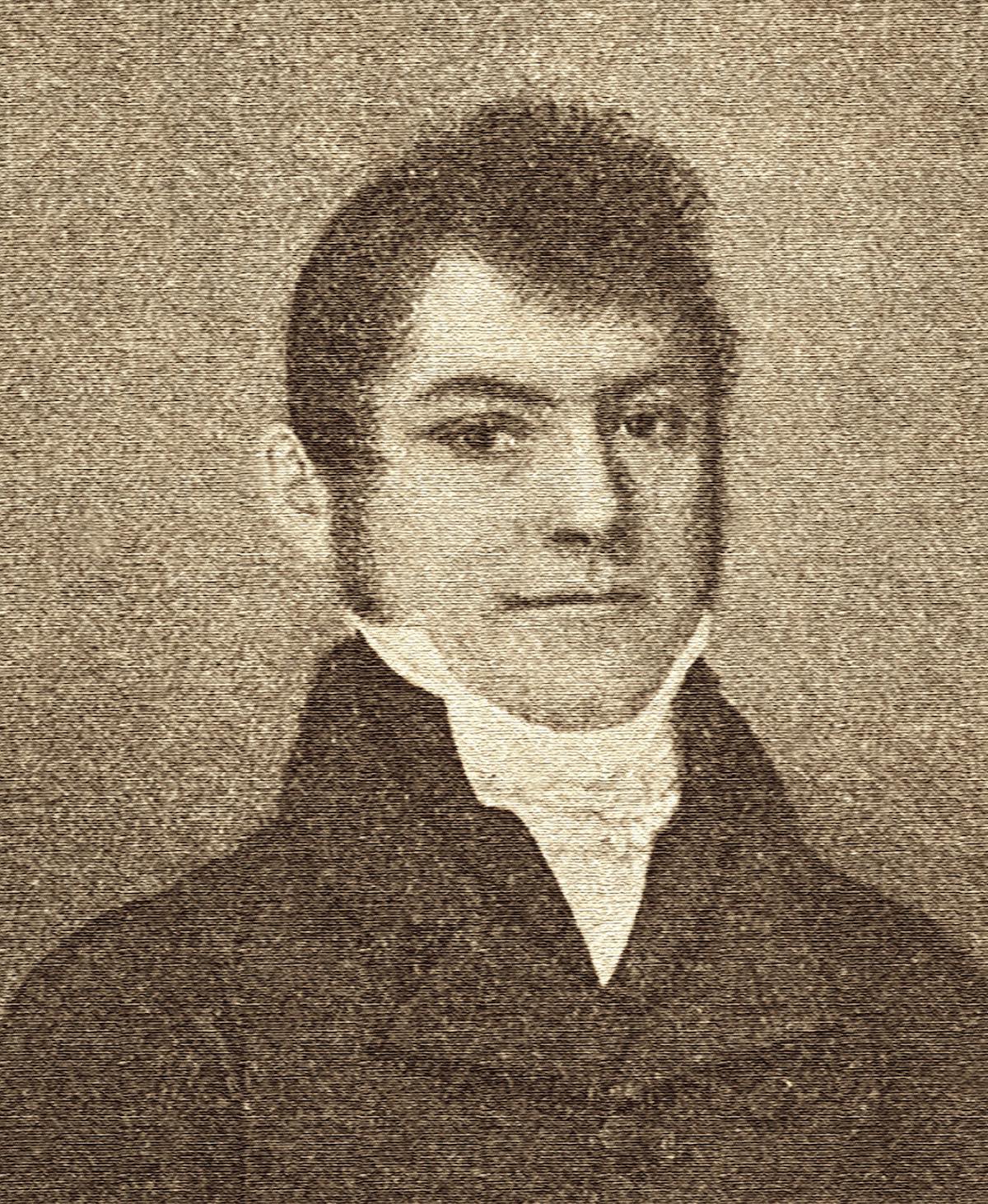
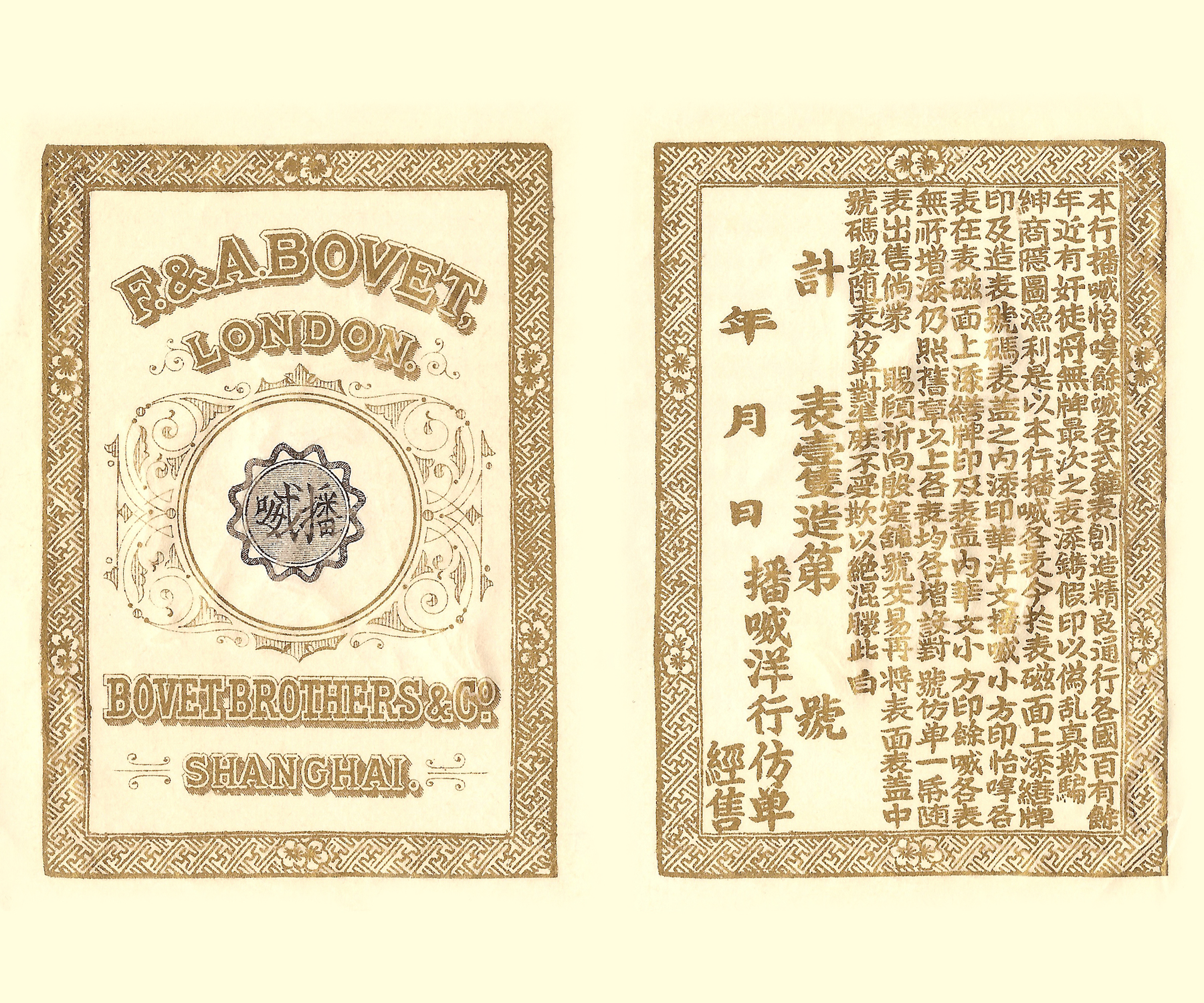

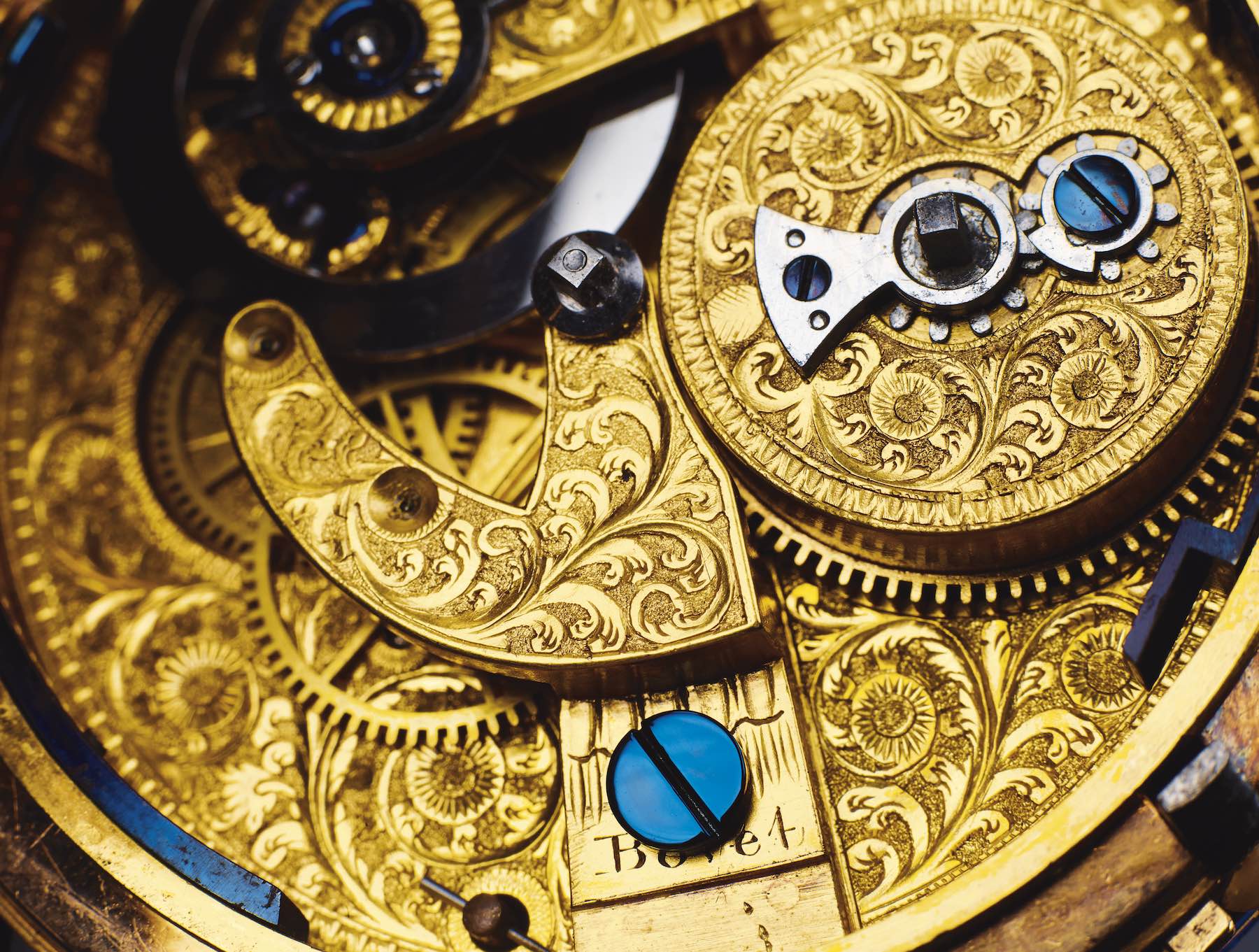
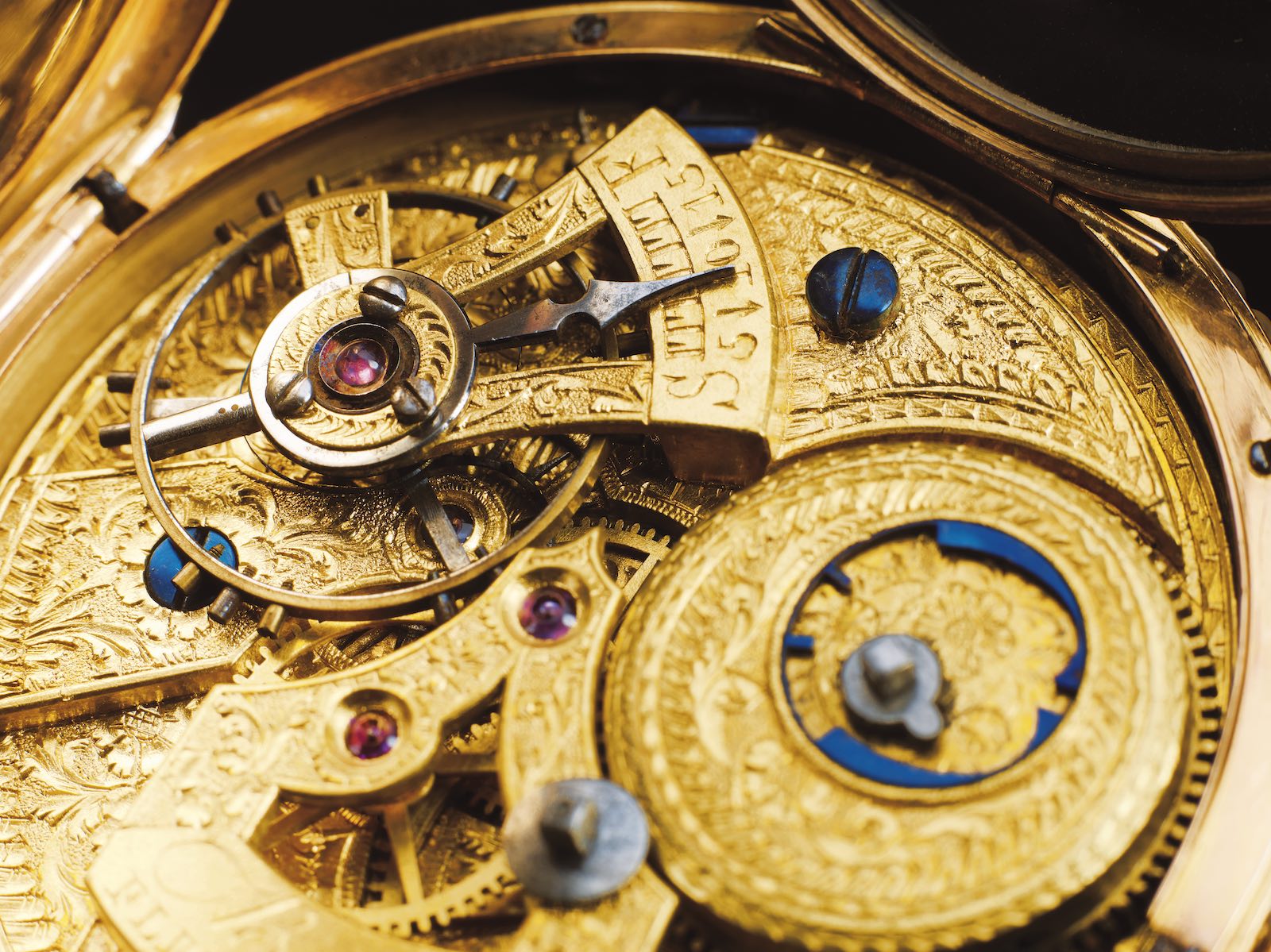
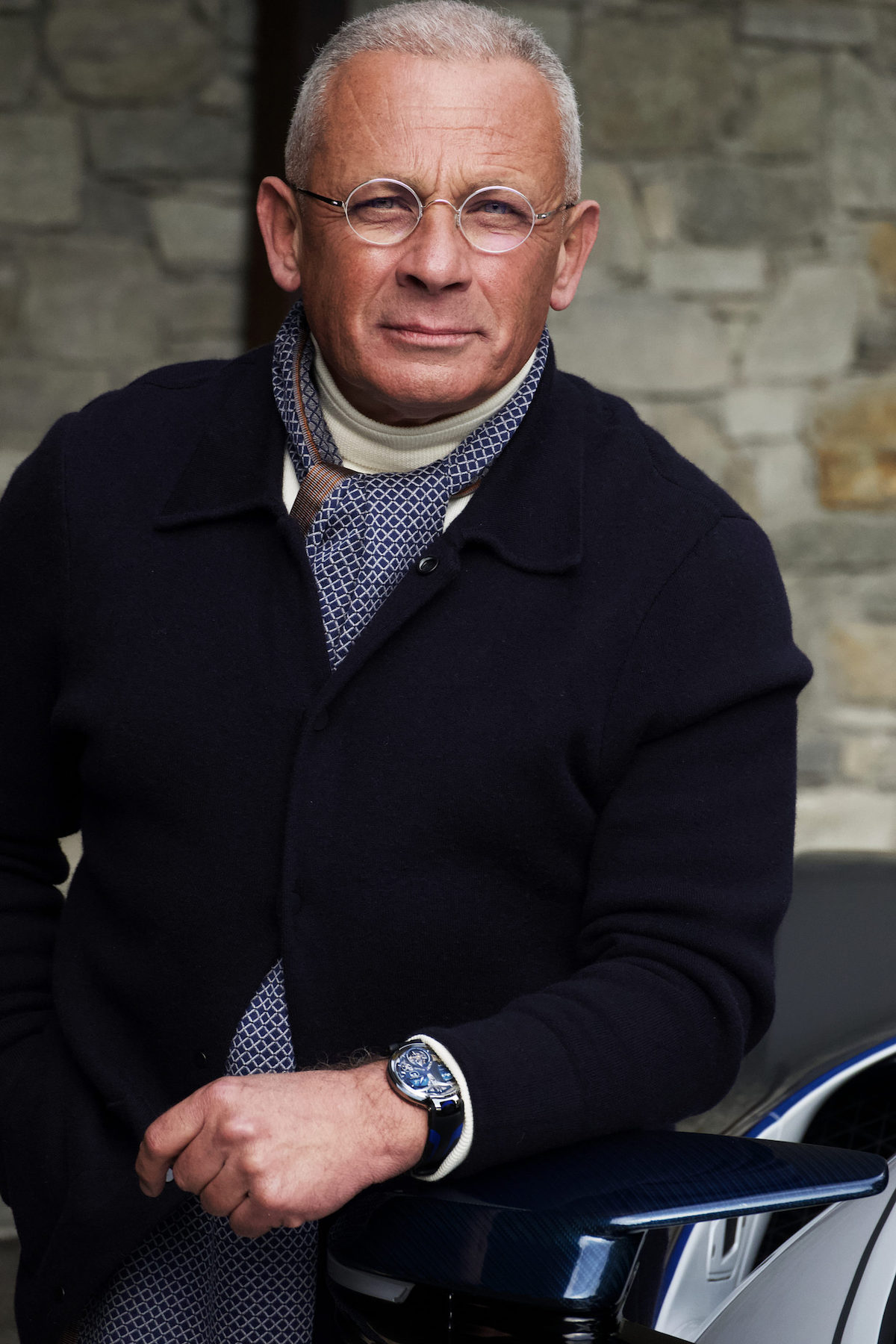
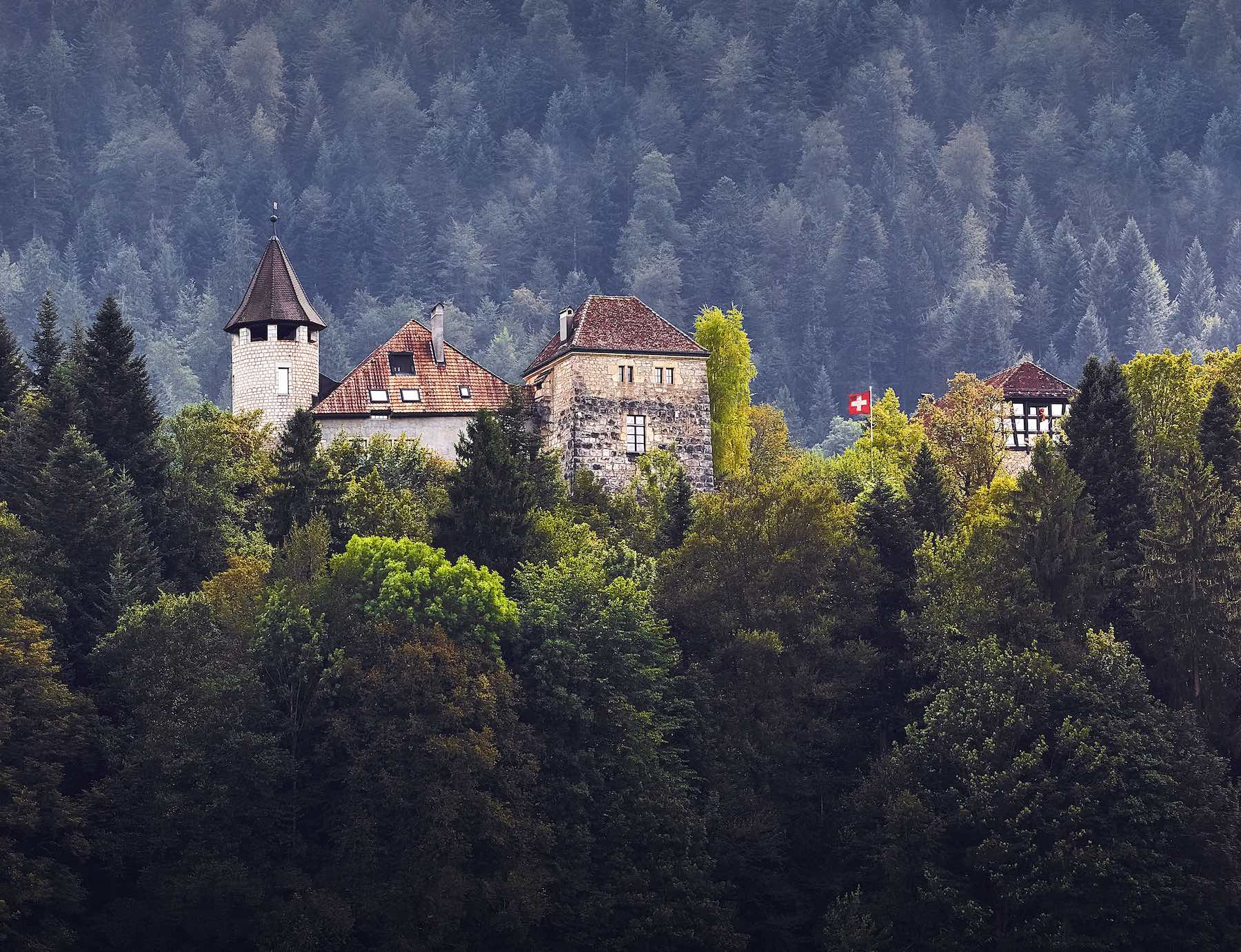
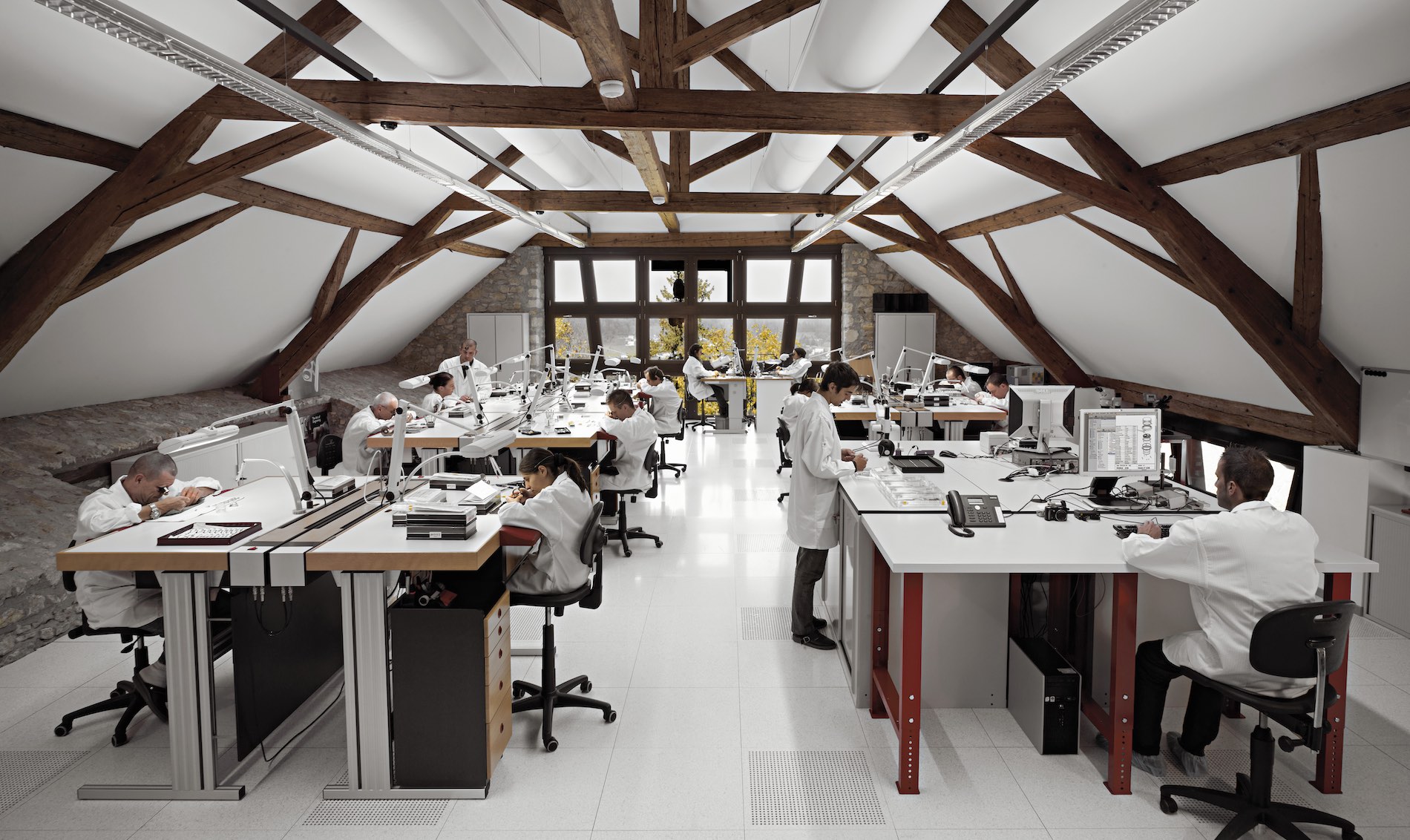

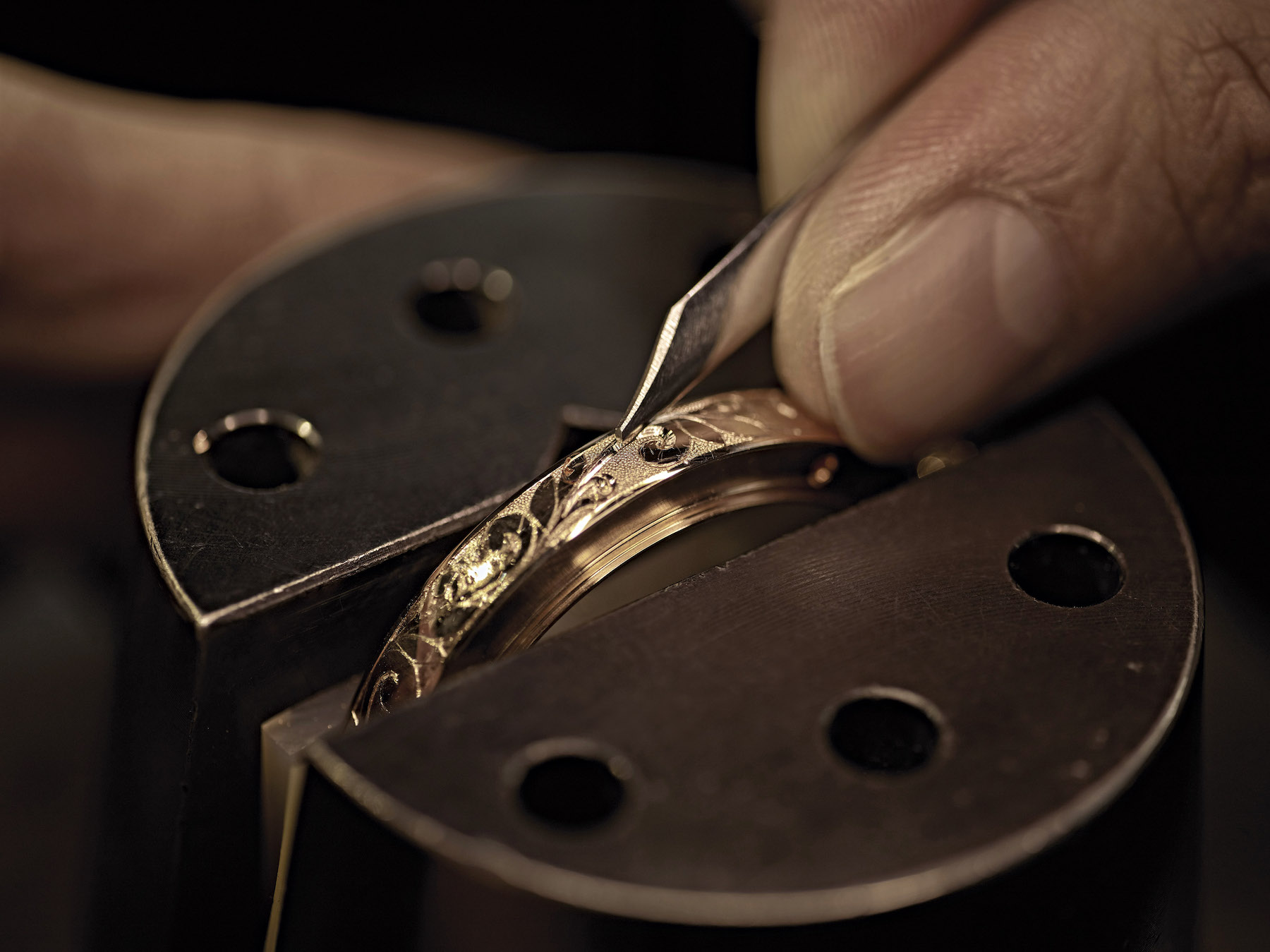

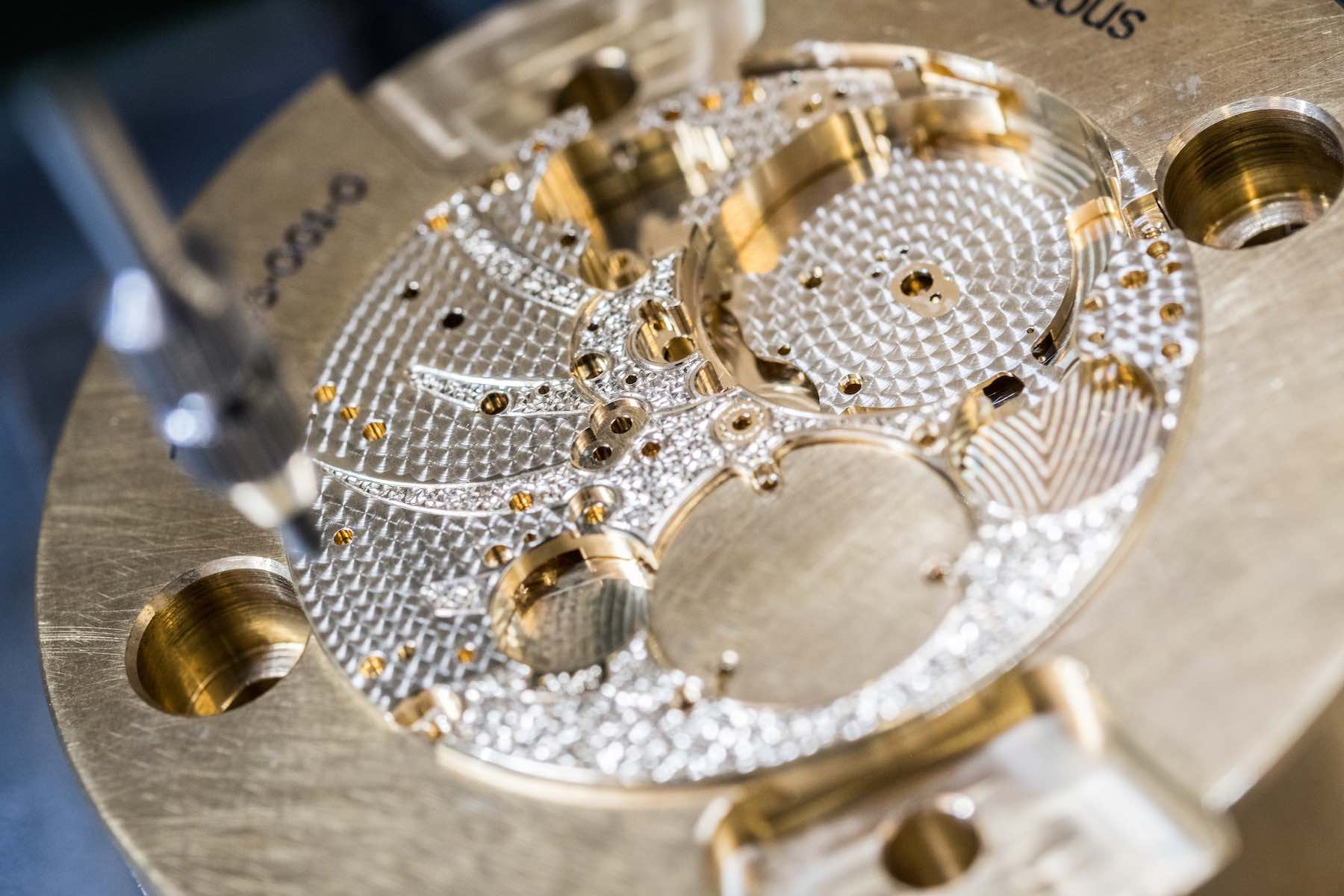
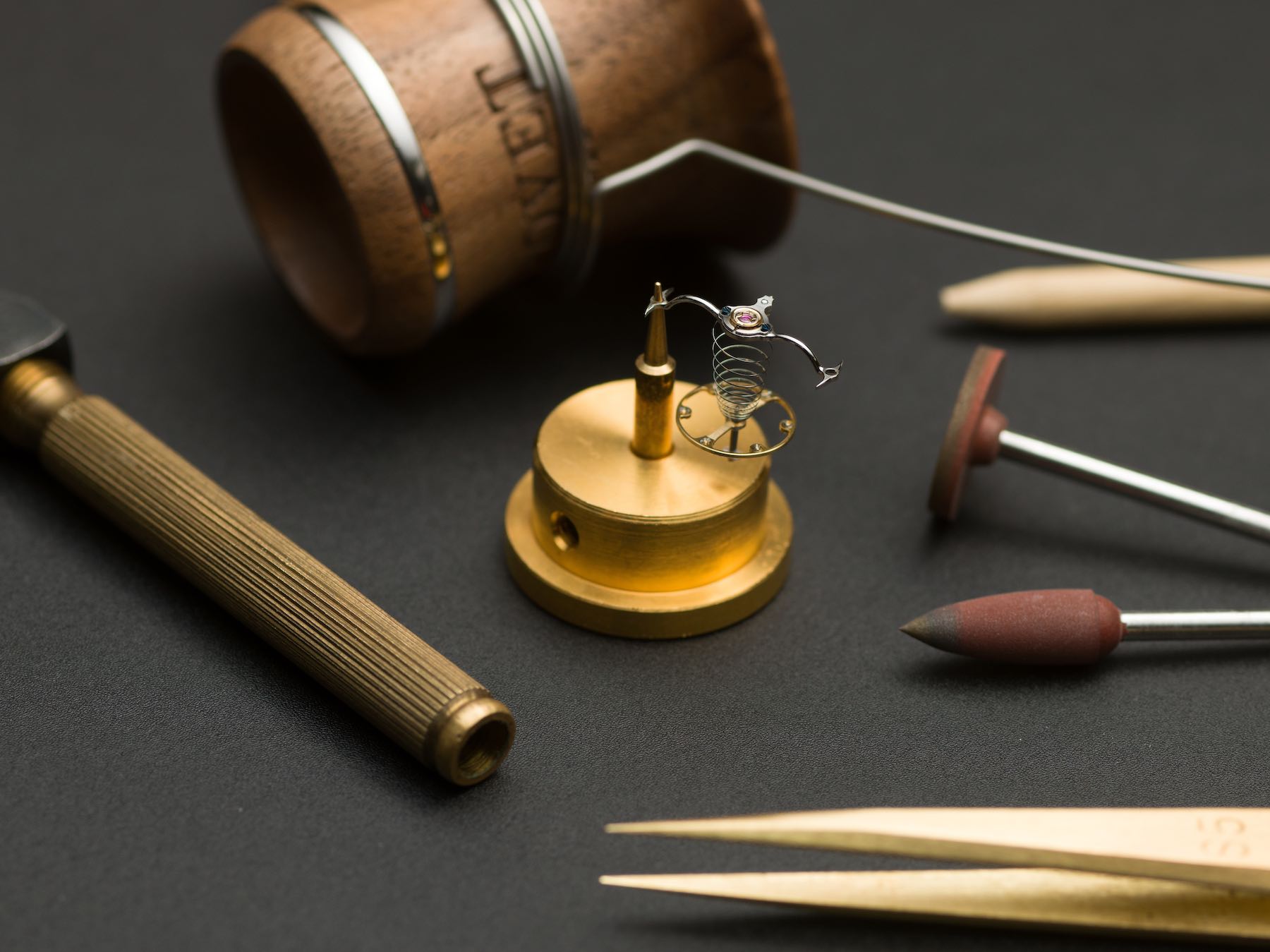




3 responses
Fantastic video. I would own a Bovet if I could afford one.
Thank you.
very beautiful haute horlogerie with a lot of 3D mechanics inside! just wow! You have a lot of Master pieces! Bravo!!